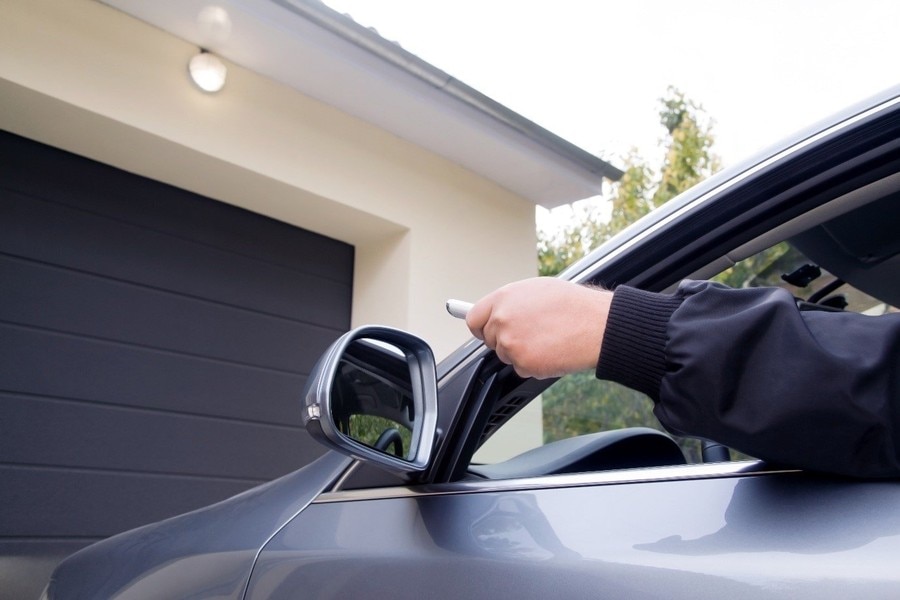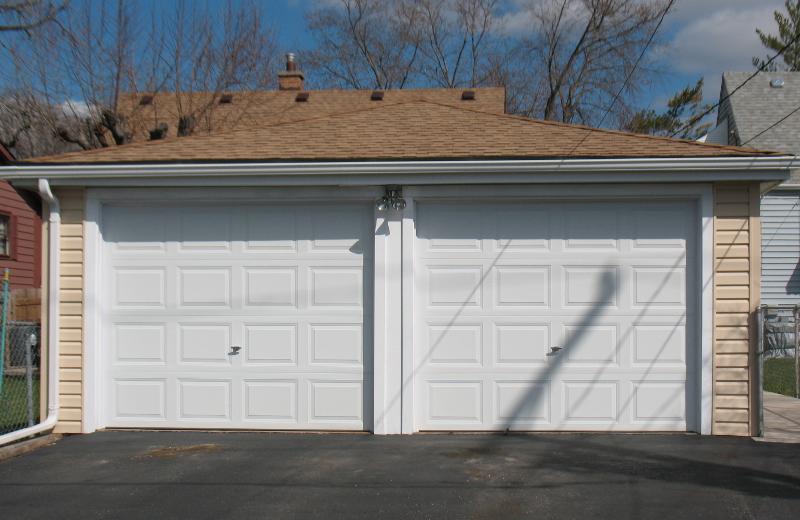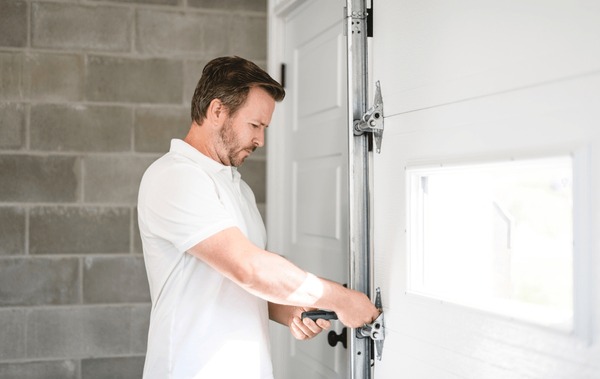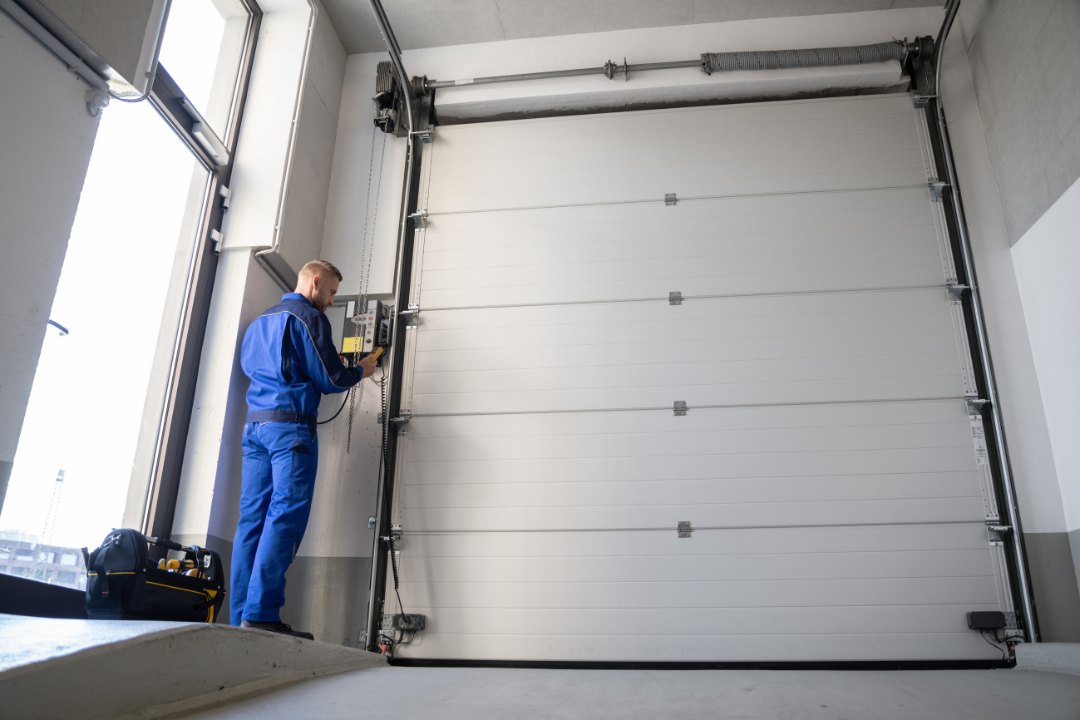When it comes to home safety, one often overlooked area is the internal garage access door. This door acts as a bridge between your home and the garage, making it crucial to ensure its security. Securing internal garage access door can help prevent unwanted intruders from using the garage as an entry point into your home.

Why is the Internal Garage Access Door Important?
The internal garage access door serves as a primary barrier between your living space and the garage. This door is often a weak point in home security, as it is not typically reinforced like other external doors. Ensuring its security is vital to prevent potential break-ins.
Understanding the Risks
Many homeowners underestimate the risks associated with a poorly secured garage door. A garage can house valuable items and often provides direct access to the home, making it an attractive target for burglars. You can learn more about the ways to keep your garage safe.
Common Vulnerabilities
Many garages have vulnerabilities that burglars can exploit, such as weak locks or windows that provide a clear view of valuables inside. Addressing these vulnerabilities is essential for improving garage security.
How to Secure the Internal Garage Access Door
1. Install a Deadbolt Lock
One of the simplest yet most effective ways to secure your internal garage access door is by installing a deadbolt lock. Deadbolts provide an additional layer of security that is much harder for intruders to bypass.
2. Reinforce the Door Frame
Reinforcing the door frame can significantly enhance the strength of the door. Use metal reinforcement plates to make it more resistant to forced entry attempts.
3. Use Security Bars or Door Jammers
Adding security bars or door jammers can prevent the door from being forced open. These devices are easy to install and can significantly bolster your homes security.
4. Ensure Proper Lighting
Proper lighting around the garage and entry points is crucial. Motion-sensor lights can deter potential intruders by illuminating the area when movement is detected.
The Role of Technology in Securing Your Garage
Smart Locks and Alarms
Incorporating smart technology, such as smart locks and alarms, can enhance the security of the internal garage access door. These devices can be controlled remotely and provide real-time alerts on your smartphone.
Security Cameras
Installing security cameras around your garage can act as a deterrent for burglars and provide crucial evidence if a break-in occurs. Cameras with night vision and motion detection capabilities are particularly useful.
Maintaining Regular Inspections
Regularly inspecting your internal garage access door and the surrounding area can help you identify and address any potential security weaknesses. Check for signs of wear and tear and ensure that locks and other security devices are functioning correctly.
Additional Tips for Enhanced Security
1. Secure Garage Windows
Windows in your garage should be secured with locks and reinforced glass to prevent easy access. Consider using frosted or tinted films to obscure the view inside.
2. Limit Access to Remote Controls
Ensure that garage door remote controls are not left in vehicles or other easily accessible areas. Keeping them secure can prevent unauthorized access.
3. Regularly Update Security Codes
If your garage uses a keypad entry system, regularly updating the security codes is essential to prevent unauthorized entry. Choose codes that are not easily guessable.
Conclusion
Securing your internal garage access door is a vital step in enhancing the overall security of your home. By implementing these strategies, you can protect your home from potential threats and ensure peace of mind for you and your family.

FAQs
1. How often should I inspect my garage access door?
It is recommended to inspect your internal garage access door at least twice a year to ensure all security measures are intact and functioning correctly.
2. Can I install security features myself?
Yes, many security features, such as deadbolts and door jammers, can be installed by homeowners. However, for more advanced systems like smart locks, you may want to consult a professional.
3. What should I do if I notice a security breach?
If you suspect a security breach, it is important to contact the authorities immediately and avoid entering the garage until it is deemed safe.
This article contains affiliate links. We may earn a commission at no extra cost to you.








